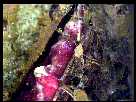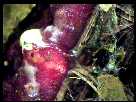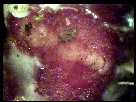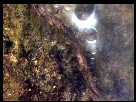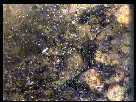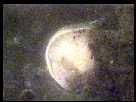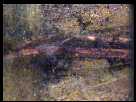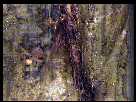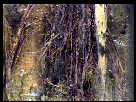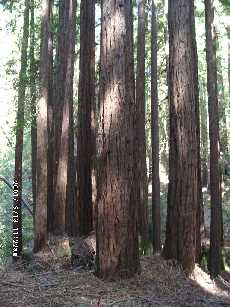
S. sempervirens, the coast redwood, is the tallest known tree. Old trees can attain heights of up to 100 meters. Underground images were collected from tubes buried in and around a clonal circle of redwood trees. This area was extensively logged, and the adolescent redwood trees in the reserve today grew from sucker shoots that sprouted around the stumps. For this reason, the redwoods often grow in rings. Since these trees are still using the ancient root system of their clonal "parent", we might expect the roots to be different from those in the redwood plantation at the UCSC arboretum.
